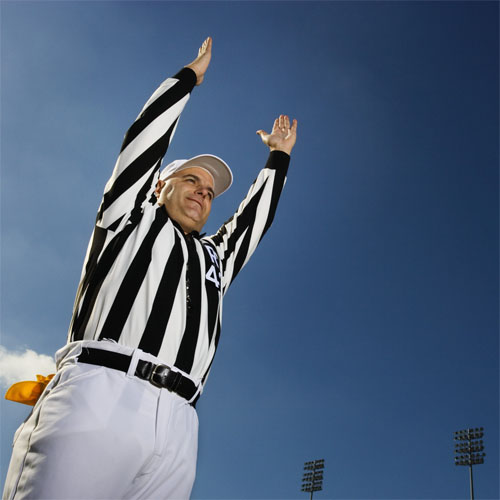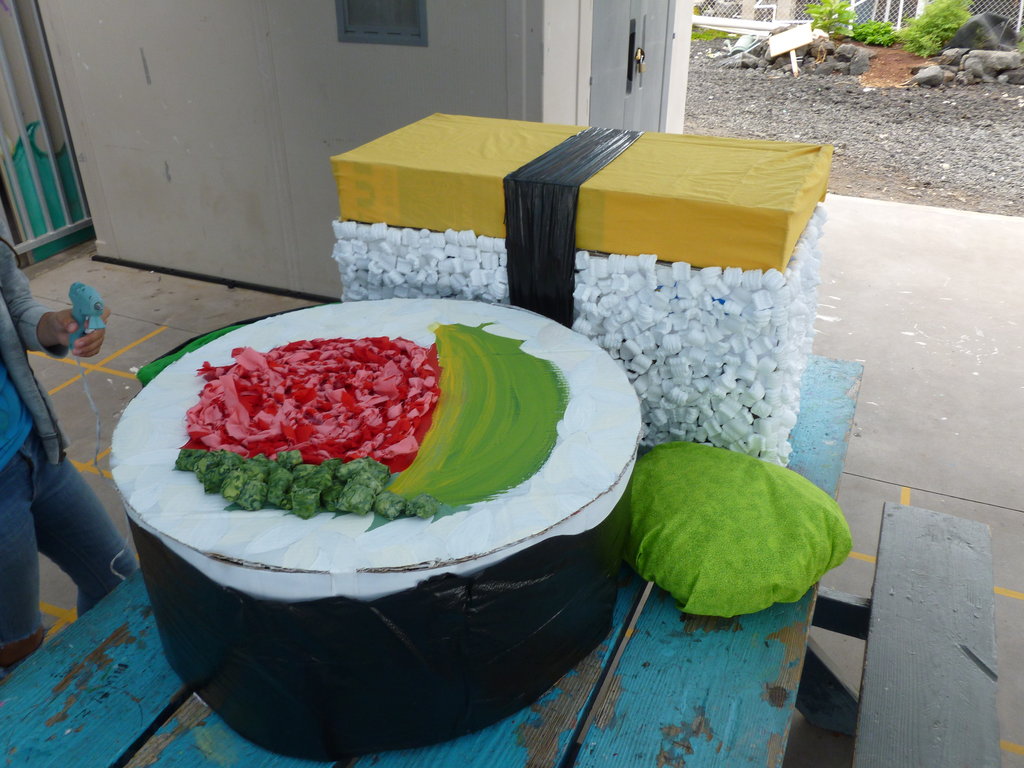
Zebra
Somewhere in, NJ
Male, 62
I've officiated football for over 30 years, now in my 26th on the college level. I've worked NCAA playoffs at the Division II and III level. In addition, I've coached at the scholastic level and have been an educator for over 35 years. I have no interest whatsoever in being an NFL official! Ever!
I don't know....what are they?
And what does that have to do with officiating?
The ball is snapped based on where it ends up after the previous play. If the play ends outside the hash (between hash and sideline) it is brought back to the hash for the next snap. If it is incomplete, it is returned to where it was last snapped. If it ends between the hashes, it is snapped at the spit where the play ended. You don't table a choice of where to place the ball.
Yes and yes. A PAT is a scrimmage play and, as with any play from scrimmage, you can call any play you want. A PAT is a scrimmage kick and, as on a punt (another scrimmage kick) you can change your mind after s penalty.
Can't help you. That isnt a part of the playing rules, which on-field officials address. That's a stat question.
Bodybuilder
 What kind of “primping” is required for competitions?
What kind of “primping” is required for competitions?
Sushi Chef
 How do sushi chefs tell when a fish has gone bad? Is it just the smell?
How do sushi chefs tell when a fish has gone bad? Is it just the smell?
Call Center Employee (Retail)
 What's the craziest unprofessional-phone-rep story you've ever heard?
What's the craziest unprofessional-phone-rep story you've ever heard?
Yo? Really?
No. What you describe is a foul. Intentionally kicking a ball - not a scrimmage kick - is a foul.
Really good question and my first thought was NO, but the unsportsmanlike set off bells. I decided to check anyway and I was wrong.
In the rule book, pg 76, 10-2-4, " When a team commits a non-player or unsportsmanlike foulduring that same down, it is administered from the succeeding spot as established by the acceptance or declination of the penalty for the other foul."
In the case book: pg 101, 10.4.5, situation A, B, and D.
It should be noted that the dead ball fouls they talk about are "coach coming onto the field to criticize an official, player swearing."
Forward progress. The runner is entitled to what he earns. If he made the line to gain and then was pushed back, he gets what he gained - first down. The run ended at the forward progress mark. So the fact that he fumbled is moot.
-OR-
 Login with Facebook
Login with Facebook (max 20 characters - letters, numbers, and underscores only. Note that your username is private, and you have the option to choose an alias when asking questions or hosting a Q&A.)
(A valid e-mail address is required. Your e-mail will not be shared with anyone.)
(min 5 characters)
By checking this box, you acknowledge that you have read and agree to Jobstr.com’s Terms and Privacy Policy.
-OR-
 Register with Facebook
Register with Facebook(Don't worry: you'll be able to choose an alias when asking questions or hosting a Q&A.)